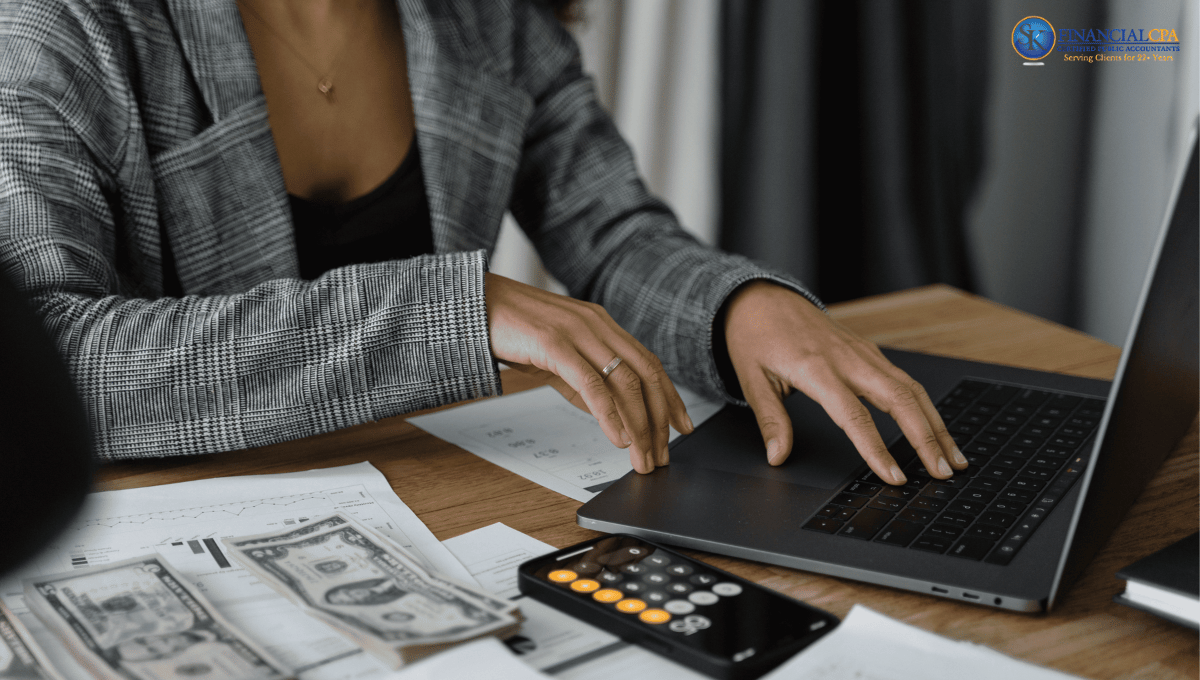
Amended Tax Return status? How to file an Amended Tax Return
Filing taxes can be stressful, and mistakes happen. If you entered the wrong income, missed a credit, or forgot a deduction, you can fix it by filing an amended tax return. This process lets you correct errors, claim missed benefits, and keep your IRS record accurate. In this guide, you’ll learn how to file an amended return and check its status step by step.
What is an Amended Tax Return?
An amended tax return lets you correct your filed tax return. You use Form 1040X to update details such as income, credits, deductions, or filing status. For example, if you forgot to include income from a freelance job, you can use this form to add it and fix your taxes.
How to Check Amended Tax Return Status
You can check your amended return status using the IRS tool “Where’s My Amended Return.”
Steps:
- Go to the IRS website.
- Enter your Social Security number, date of birth, and ZIP code.
- The tool will show whether your return was received, processed, or completed.
It usually takes 8 to 12 weeks for the IRS to process an amended return, so checking once a week is enough.
Common Reasons to Amend a Tax Return
You may need to amend your return if you:
-
Filed under the wrong status such as single instead of head of household
-
Missed a W-2 or 1099 form from a side job
-
Forgot a deduction or credit like education or childcare
-
Reported the wrong income or dependent
Fixing these mistakes ensures your tax bill or refund is accurate and avoids IRS penalties.
When to Amend Your Tax Return
You should amend your return if the mistake affects how much tax you owe or your refund amount. You don’t need to fix small math errors since the IRS corrects those automatically. You generally have three years from the filing date or two years from the date you paid your tax to file an amended return, whichever comes first.
How to file an Amended Return
Follow these simple steps to file an amended return:
Step 1: Review your original return and note mistakes.
Step 2: Gather supporting documents such as missing W-2s or updated receipts.
Step 3: Fill out IRS Form 1040X, showing both old and new numbers.
Step 4: Write a short explanation for each change.
Step 5: File electronically or mail it to the IRS. Keep copies of everything for your records.
What the IRS Tracker Can and Cannot Do
The “Where’s My Amended Return” tool works for Form 1040X for the current and past three years. It tells you if your return is received, processing, or completed. It doesn’t track business returns, foreign addresses, or claims like injured spouse or carrybacks.
Returns Not Shown by the IRS Tracker
Here are some common situations in which the IRS tool won't show you the status of your amended tax return:
-
Forms 1120, 1120-S, or 1065 for business returns
-
Returns sent to an address outside the U.S.
-
Carryback claims, like net operating losses, can be used for previous years.
-
Claims from injured spouses that the IRS needs to handle in a special way
-
Instead of filing Form 1040X, you can just mark your regular Form 1040 as amended.
-
Returns looked at by special IRS groups like Examination or Bankruptcy
Supported and Unsupported Returns
|
Return Type |
Tracked by Tool? |
Notes |
|
Individual Form 1040X (last 3 years) |
Yes |
Shows Received, Adjusted, Completed |
|
Business returns (1120, 1120-S, 1065) |
No |
Must call the IRS or speak with tax professional |
|
Foreign address returns |
No |
Not included in the tool |
|
Carryback claims |
No |
Requires IRS review outside tracker |
|
Injured spouse claims |
No |
Processed separately, not trackable |
|
Form 1040 marked amended |
No |
Tool does not recognize incorrect forms |
|
Special units (Examination, Bankruptcy) |
No |
Handled by IRS directly, no online tracking available |
Amended Tax Return Help with SK Financial
Amending a tax return can feel overwhelming, especially if you’re unsure which forms to use. At SK Financial, we make it simple. Our team reviews your original return, prepares Form 1040X, and helps track your status until the process is complete. With over twenty years of experience and thousands of successful filings, we help you fix mistakes and stay IRS-compliant.
Conclusion
If you realize you made an error on your tax return, don’t panic. Filing an amended return helps you correct it, claim missed benefits, and keep your record clean. A small fix now can save you from bigger problems later.
FAQs
1. Should I file an amended return?
File one if your mistake changes income, credits, deductions, or dependents. You don’t need to file if it’s a small math error corrected by the IRS.
2. What are the benefits of filing an amended return?
It helps you claim missed credits, reduce taxes, or get a larger refund while keeping your IRS record accurate.
3. How long does it take to process an amended return?
It usually takes 8 to 12 weeks. Paper filings can take longer.
4. When can I check my status?
You can start checking about three weeks after you file using the IRS tracker.
5. What tax years can I check online?
You can check amended returns for the current year and the last three years.
6. How will I receive my refund?
Refunds are usually sent by direct deposit or check depending on how you filed.
7. Can I file my amended return online?
Yes, most Form 1040X filings can now be submitted electronically for faster processing.
Follow SKFinancial on Facebook / Twitter / Linkedin / Youtube for updates.












